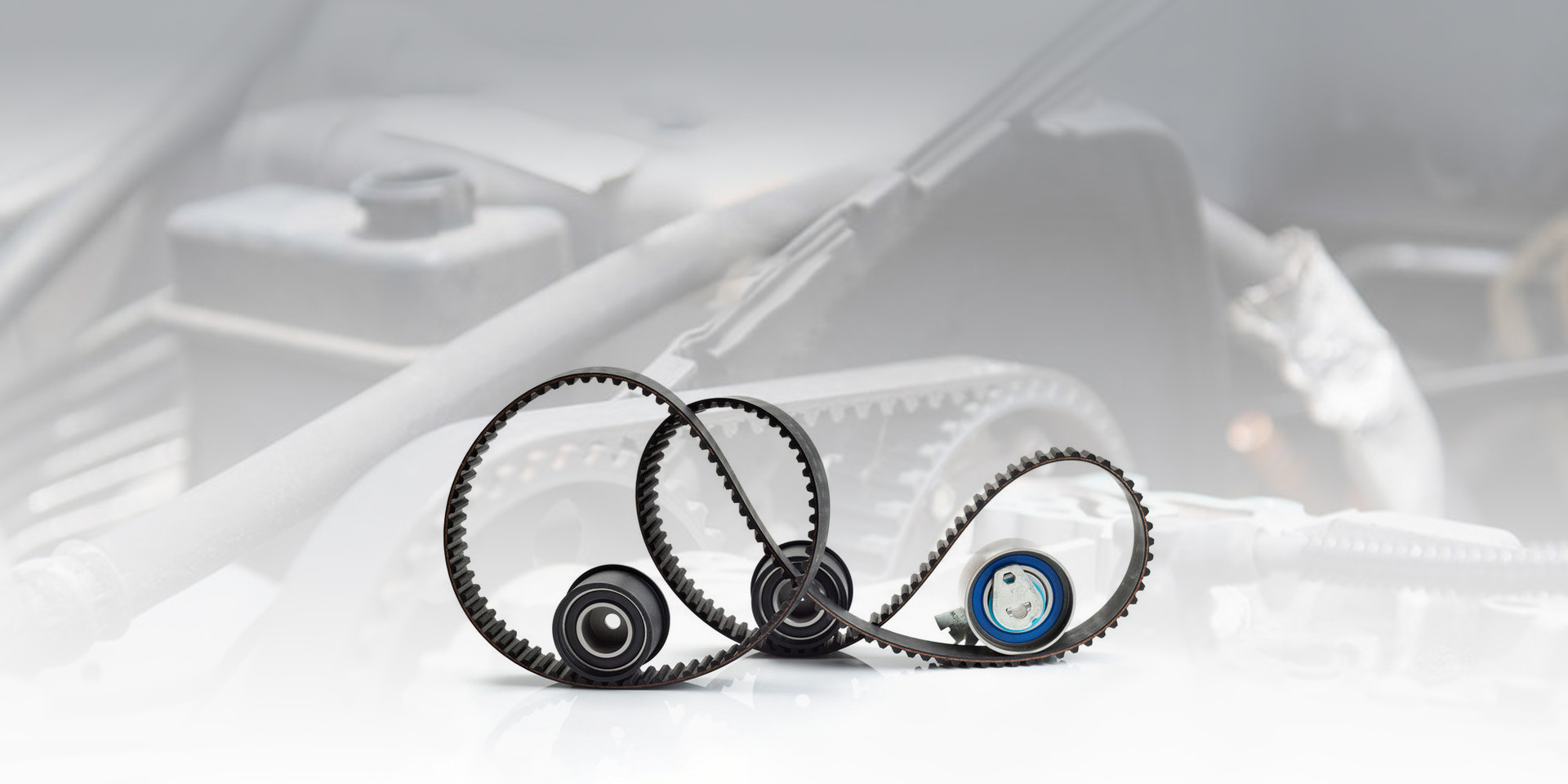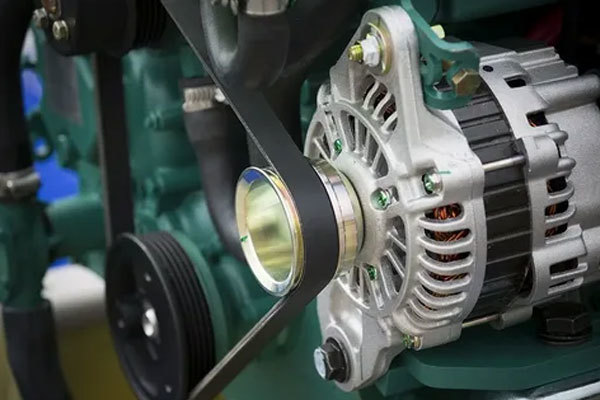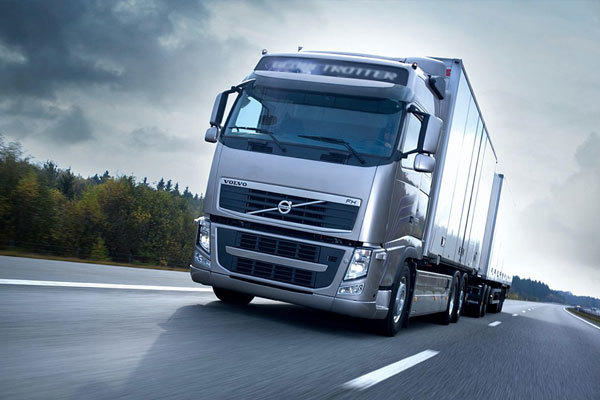The difference between multi wedge belt and synchronous belt
Release time:
22 Feb,2023
Transmission Principles and Application Scenarios The main difference between multi wedge belts and synchronous belts lies in their transmission principles and application scenarios.

Transmission Principles and Application Scenarios
The main difference between multi wedge belts and synchronous belts lies in their transmission principles and application scenarios.
Transmission principle: The multi wedge belt drives through the friction between the belt and the pulley, similar to a V-belt, suitable for high-speed and high-power transmission scenarios. The synchronous belt, on the other hand, relies on the meshing of the belt teeth and the groove of the synchronous belt wheel to achieve more precise transmission. Its biggest advantage is not losing rotation, with an efficiency of up to 98%, suitable for situations that require high-precision transmission.
Application scenario: Due to its large transmission power and small vibration, the multi wedge belt is suitable for occasions that require compact structure and high power, such as automobiles, fitness equipment, etc. Synchronous belts, due to their high efficiency and no need for lubrication, are widely used in industries such as textiles, machine tools, tobacco, communication cables, light industry, chemical industry, and equipment that requires high-precision transmission.
Structural features: The multi wedge belt has multiple longitudinal triangular wedges, while the synchronous belt has equidistant teeth. These two structural features respectively adapt to their respective working principles and application requirements.
In summary, the choice of which type of drive belt depends on the specific application requirements and working environment.
Related Posts
Automotive multi wedge belt precautions for use
08 Aug,2024
What are the characteristics of agricultural machinery V-belts?
22 Feb,2023
How to maintain the V-belt of agricultural machinery?
22 Feb,2023





